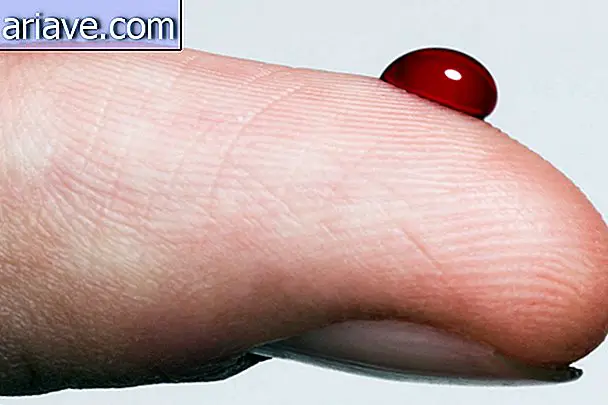Why do Solar System planets have different colors?
The Earth is blue, as are Neptune and Jupiter, and Mars is also known by the affectionate nickname Red Planet. Incidentally, of the eight planets that make up the Solar System, only Uranus and Neptune cannot be seen without the aid of optical equipment, and only Mars, with its slightly 'orange' glow, looks different from a common star in the night sky.
As you have seen, the different planets that are part of our neighborhood are also known for their characteristic colorings. According to Joanna Stass of How It Works, the tone of each world depends on its composition and the way its atmosphere absorbs and reflects sunlight, and you can find out more about these features:
Mercury

Despite being the planet closest to the sun and often depicted as red, Mercury has a very reminiscent moon-like appearance. It is marked by thousands of craters and has a grayish-brown tint due to the composition of its rocky surface. - it suffers from its thin atmosphere and the constant impact of particles and solar winds.
Venus

Venus is not the planet closest to the sun, but it is undoubtedly the warmest in the solar system, with temperatures of 470 ° C. Its surface - dry and sterile - was shaped by the intense volcanic activity that exists there, and is formed by grayish rocks. However, from space, because of the sulfuric acid clouds that roam in its dense atmosphere, it appears to be yellowish.
Mars

Also known by the name of Red Planet, Mars has this characteristic coloration due to the high levels of iron oxide that can be found on its surface.
Jupiter

Jupiter is a gas giant and is the largest planet in the Solar System. Like the sun, it is composed mainly of helium and hydrogen, and the thick colored bands - in shades of brown, yellow, red and white - that surround it are composed of ice crystals and other elements.
Saturn

Famous for its incredible rings, Saturn is the second largest planet in the Solar System and, like Jupiter, is also a gas giant. It is mainly composed of helium and hydrogen, but still has concentrations of ammonia, hydrocarbons, water vapor and phosphine in its atmosphere - and these elements are all responsible for its yellowish brown coloration.
The extraordinary rings around Saturn are made up of billions of particles ranging in size from small grains of sand to mountain-sized rock fragments. They are made up of a large amount of ice consisting mainly of water and a lower concentration of carbon dioxide and methane - and the variation in ring colors depends on the density and composition of each band.
Uranus

Uranus is the coldest planet in the Solar System, with minimum temperatures reaching - 224 ° C. It is classified as a gas giant and has a layer of icy clouds hanging over its surface, and it is the methane present in its atmosphere that gives it its distinctive turquoise hue.
Neptune

Known for having the strongest and fastest winds in the Solar System - with the record set at 2, 400 kilometers per hour! - Neptune is the smallest of the four gaseous planets orbiting the Sun. Its physical characteristics are very similar to those of its neighbor Uranus, which partly explains why it is also blue.
Earth

Earth, as you know, is the only habitable planet in the Solar System - thanks to the unique composition of its atmosphere and the presence of water in its liquid form on the surface. And you may have seen several images of our planet clicked from space, right?
From above, you can see its vast oceans, as well as green and brown masses and a thick white cloud cover. But from far away our world looks like a little blue dot. See the following image, recorded near Saturn:

* Posted on 01/06/2016











